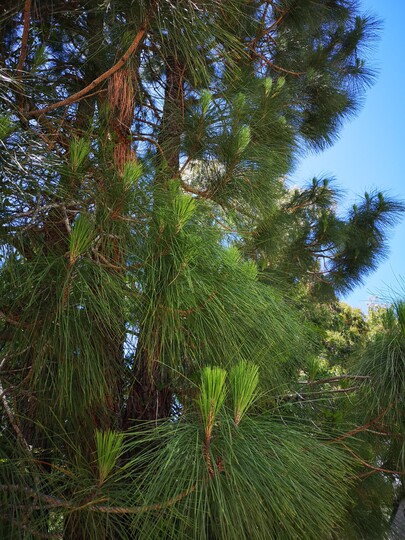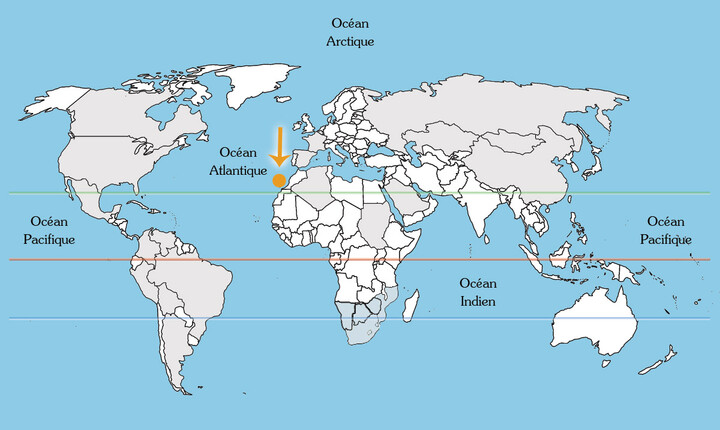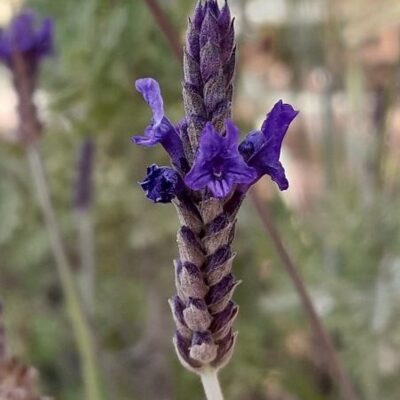Canary Island Pine
Presentation
One of nature’s giants…
The Canary Island pine is an iconic tree species, originating, as its name suggests, from the Canary Islands in the Atlantic Ocean. This majestic tree is a genuine symbol of the archipelago’s endemic flora, offering spectacular beauty as well as historical and ecological wealth. Today, it is often found in the gardens of Provence, but it only grows in the wild in the Canary Islands. The Canary Island pine loves heights and generally grows at altitude of between 1,000 and 2,000 metres.
The oldest pines in the Canary Islands can reach up to 60 metres in height.
The one you can admire at our four-star campsite Les Jardins de La Pascalinette® – camping 4 étoiles “only” measures around 16 metres.
The Canary Island pine is unusual in that it is pyrophytic, i.e. it is resistant to fire. After a forest fire, it can grow back from its bark, as its buds are located on its trunk. Its height allows it to gather moisture from the clouds, which then flows along its long needles to the ground. It is an ecosystem unto itself!
With historical roots
The subject of many Canary Islands legends and traditions, the Canary Island pine has been revered for centuries. In Guanche mythology (the islands’ first inhabitants), the pine was considered sacred and a symbol of strength and longevity. It is said that the Guanches used pine resin as medicine to treat various ailments.
The history of the Canary Island pine is also associated with significant chapters of history. During the Spanish conquest of the Canary islands in the 15th and 16th centuries, Christopher Columbus and other explorers used pine wood to build their ships, thanks to its strength and water resistance.
Identity
| Latin name : | pinus canariensis |
|---|---|
| Family : | pinaceae |
| Genus : | pinus |
| Species : | canariensis |
| Color : | Orange to brown |
| Origin : | Canary Islands |
| Foliage : | Conifer |
| Port : | Tree |
| Height : | Up to 60 m |
| Flowering : | Late winter / early spring |
| Location : | "Jardin du parking de nuit" (nr. 20 on the botanical footpath plan). |
Did you know?
It provides food and shelter for a variety of local plant and animal species.




